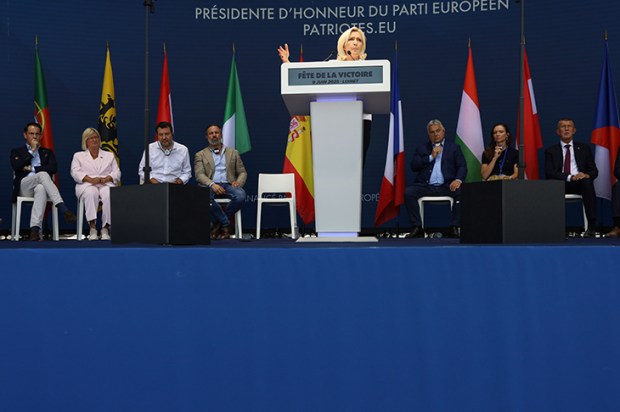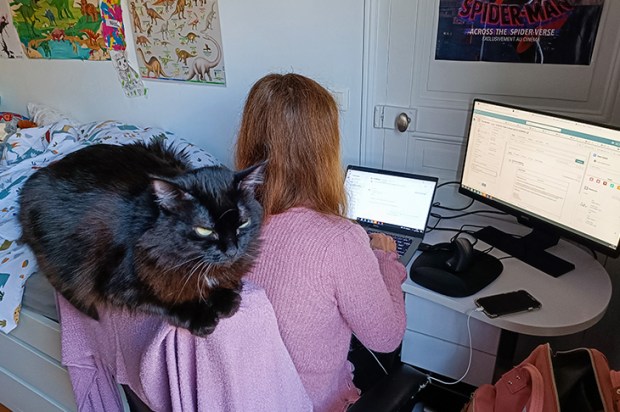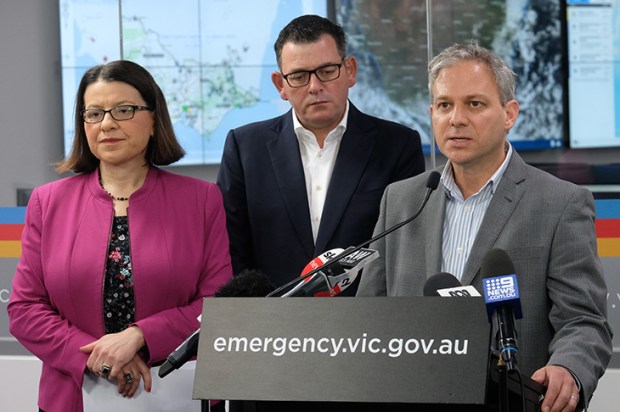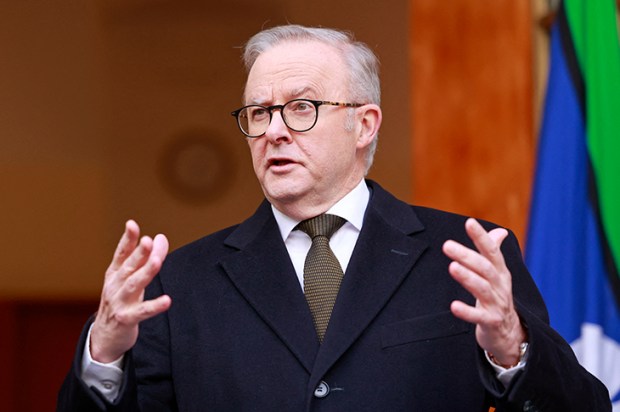For years now, the Australian Energy Market Operator’s ‘Step Change’ scenario has served as the official lodestar of the energy transition. It underpinned not just planning for the whole shebang but entire swathes of government rhetoric. It insisted that decarbonisation could and must proceed by way of massive, centralised, utility-scale renewable build-out, connected by a spiderweb of new transmission corridors carpeting regional and farming Australia. It assumed smooth cost curves, compliant communities, and problem-free delivery of more than 10,000 kilometres of new transmission by mid-century.
A week ago, Renew Economy – the mouthpiece of the Australian renewables sector – celebrated the sentiment of Jimmy Dean who once quipped, ‘I can’t change the direction of the wind, but I can adjust my sails to always reach my destination’. It’s usually an admirable sentiment. But in this case it’s instructive. It’s not only an admission that the architects of Australia’s renewable energy policies are changing direction, it shows they designed their entire voyage without checking the prevailing winds – and even the seaworthiness of the vessel.
Now, in documents published with little fanfare and not much candour, we see the quiet retreat begin.
AEMO’s Draft 2025 Electricity Network Options Report was released the other day. For someone who has for years lived in a regional area swamped by wind projects and now faces the prospect of living nearby 3500 acres of solar panels starting just one kilometre from her property’s boundary, the message feels explosive: transmission costs are soaring (by 25 to 55 per cent) and public opposition where the projects are being built and proposed is entrenched – clearly acknowledging that obtaining social license in the bush has become an insurmountable problem.
AEMO now says it will ‘revisit’ previously non-negotiable transmission projects. It flags a growing emphasis on consumer energy as a core strategy. It talks of ‘leveraging existing networks’, ‘reconsidering’ costly new builds, and ‘unlocking latent grid capacity’ through digital modelling. All sensible, late-breaking insights. But also a stunning admission: the system planners didn’t have it right. Not on costs, not on delivery, and not on social licence.
This is not simply a policy course correction – it looks more like a reluctant acknowledgement that the model was strategically flawed from the start.
It confirms what critics have been saying for years: that the transition, in the form imagined by governments, AEMO and the CSIRO was not properly thought through. That it relied on heroic assumptions, suppressed public dissent, dismissed economists and engineers who criticised it as Neanderthals and ‘anti science’, and wrote off local concerns as nimbyism.
Worse, it presumed good faith and competence from a system that remains dominated by rent-seeking incumbents.
The federal government has a lot of explaining to do. It went to the recent election promising an energy transformation as though the details were all in hand. The centrepiece was its ‘Rewiring the Nation’ plan – tens of billions in public financing for new transmission, with the large-scale renewable build-out portrayed as inevitable, elegant, and beneficial to all. At the centre of the campaign obscene and known lies were propagated about the costs of the Coalition’s alternative and properly costed and modelled cheaper nuclear plan while the government has never produced one of its own.
Rewiring the Nation, we were told, was about ‘certainty’. It was backed by ‘science’. It was ‘non-negotiable’. Except, now it is being negotiated. It is clear from the draft report that the foundations of the transition are being recalibrated in the face of ballooning costs, technical complexity and rural resistance that can no longer be ignored. Indeed, reading this report you wonder how it was that the disasters – especially for rural communities – that have become the NSW Renewable Energy Zones were ever conceived.
The public has not been informed and remains ignorant about the true costs of transmission, the land-use impacts, the price guarantees being paid through the capacity investment mechanism, the lack of legal mechanisms to ensure remediation of sites, and the huge limitations of so-called ‘firmed renewables’. Even since the election we’ve been told, instead, that this was a clean, green inevitability – that we had voted for it, and that dissent is denialism.
Well, the dissenters were not wrong. Engineers and economists have warned that the costs, timing and complexity of these projects cannot be controlled. Analysts have questioned the market concentration and policy preferencing that infects the sector.
It is the consumer-led technologies – once peripheral to the national plan – that are now being hailed as central to it. AEMO is discovering that much of the ‘transition capacity’ it was trying to build already exists. It just wasn’t mapped, measured, or factored in by the boffins who drew up the original blueprint. Oops!
What the change to Step Change does not do is identify from where we get our future base-load power. As AEMO gets the wobbles and starts scavenging for alternative generation, the draft report exposes the federal government in a bind as it charges ahead with a plan that is hugely experimental, vast in ambition and thin on a true mandate.
This is not just a technical failure, is a governance failure. And a failure of our democracy. The real portent of doom for the large-scale renewables industry, however, is that prices keep going up, up, up.
We cannot pretend that the energy transition is not happening. Many more large-scale renewables projects will go ahead in the coming years. But with the goal of net zero rendered almost irrelevant around the world, governments and the media will finally be under huge pressure to end the politicisation of how energy is produced in the future. Above all, it is becoming clear that the way we generate and supply energy must now be obsessively focussed on cost. Don’t hold your breath.
Australia has dug and is still digging a very big hole for itself on this, and even if we had the best of intentions, it’s going to be very, very hard to get itself out.
Got something to add? Join the discussion and comment below.
Louise Clegg is a barrister. She lives close by the site of a proposed BPLightsource 400MW solar farm at Gundary NSW for which there are no legal mechanisms to ensure remediation of the site at the end of its life.
You might disagree with half of it, but you’ll enjoy reading all of it. Try your first month for free, then just $2 a week for the remainder of your first year.












